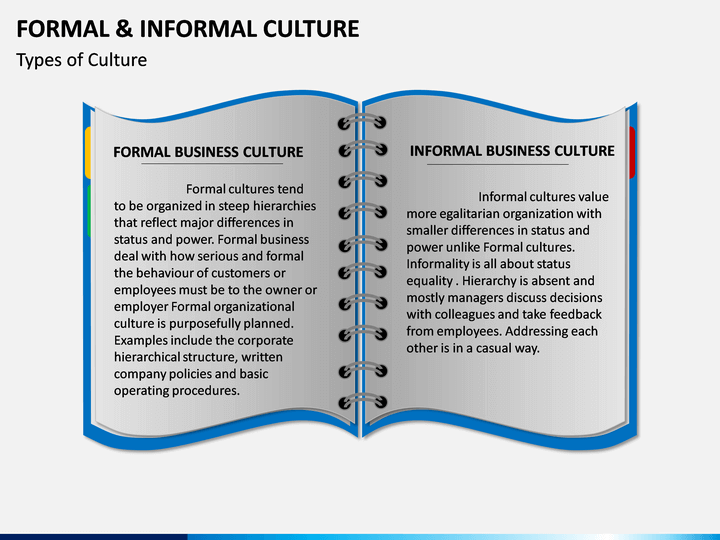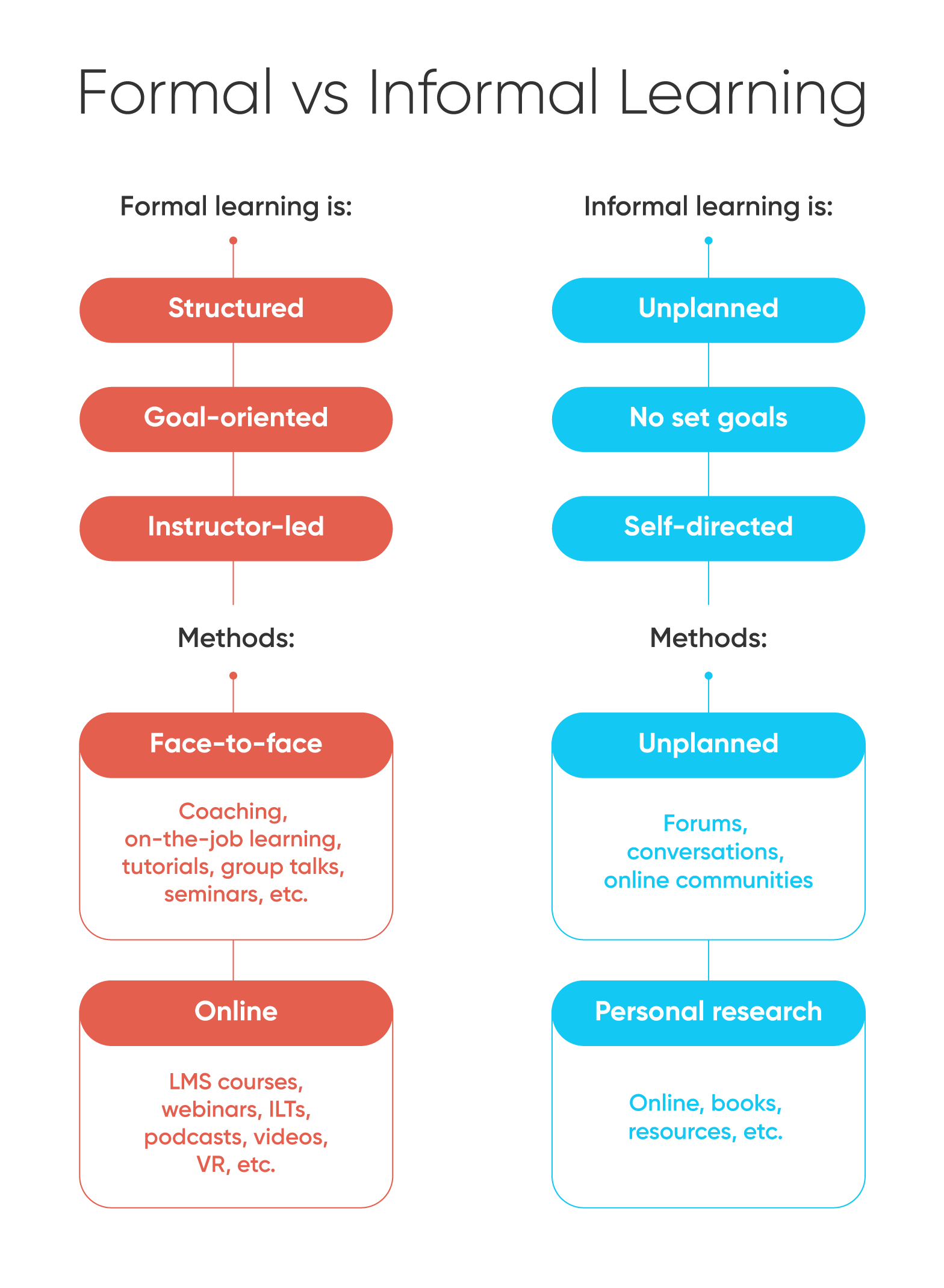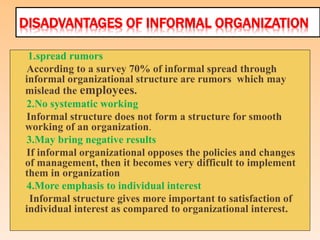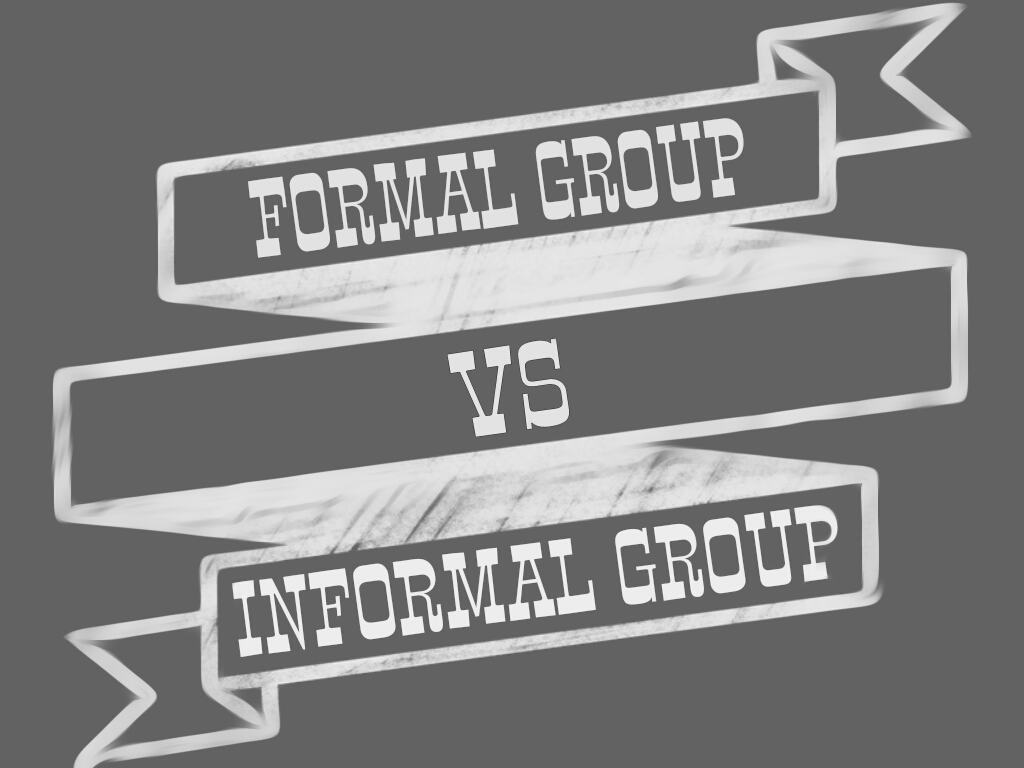Formal and informal organizations are two distinct types of social structures that exist within a company or other entity. Understanding the differences between these two types of organizations is important for effectively managing a business or other entity and for understanding how work gets done within the organization.
A formal organization is a type of social structure that is designed to achieve specific goals and objectives. It is characterized by a clear hierarchy of authority, well-defined roles and responsibilities, and a set of rules and procedures that must be followed. Formal organizations are typically large and complex, and they often have a bureaucratic structure that helps to ensure that tasks are completed efficiently and effectively.
An informal organization, on the other hand, is a type of social structure that is not formally designed or structured. It is characterized by a more flexible and fluid structure, and it is often based on personal relationships and informal networks of communication. Informal organizations may emerge within a formal organization as a way for employees to informally share information, collaborate on projects, and support each other in achieving their goals.
There are several key differences between formal and informal organizations. One of the main differences is that formal organizations are more rigid and structured, while informal organizations are more flexible and adaptable. Formal organizations tend to have clear lines of authority and well-defined roles and responsibilities, while informal organizations may be more loosely organized and rely more on informal networks of communication.
Another key difference between formal and informal organizations is that formal organizations are typically more centralized, with decisions being made at the top of the hierarchy and then cascaded down to lower levels. In contrast, informal organizations may be more decentralized, with decisions being made at the local level and then communicated upward.
There are also differences in terms of the level of formality in communication and interaction. In formal organizations, communication is often more formal and hierarchical, with rules and protocols in place for how information is shared and decisions are made. In informal organizations, communication is often more informal and less structured, with a greater emphasis on personal relationships and informal networks.
In conclusion, formal and informal organizations are two distinct types of social structures that exist within a company or other entity. Understanding the differences between these two types of organizations is important for effectively managing a business or other entity and for understanding how work gets done within the organization. Formal organizations are more rigid and structured, while informal organizations are more flexible and adaptable. Formal organizations are typically more centralized, while informal organizations may be more decentralized. And formal organizations tend to have more formal and hierarchical communication and interaction, while informal organizations are more informal and rely more on personal relationships and informal networks.









